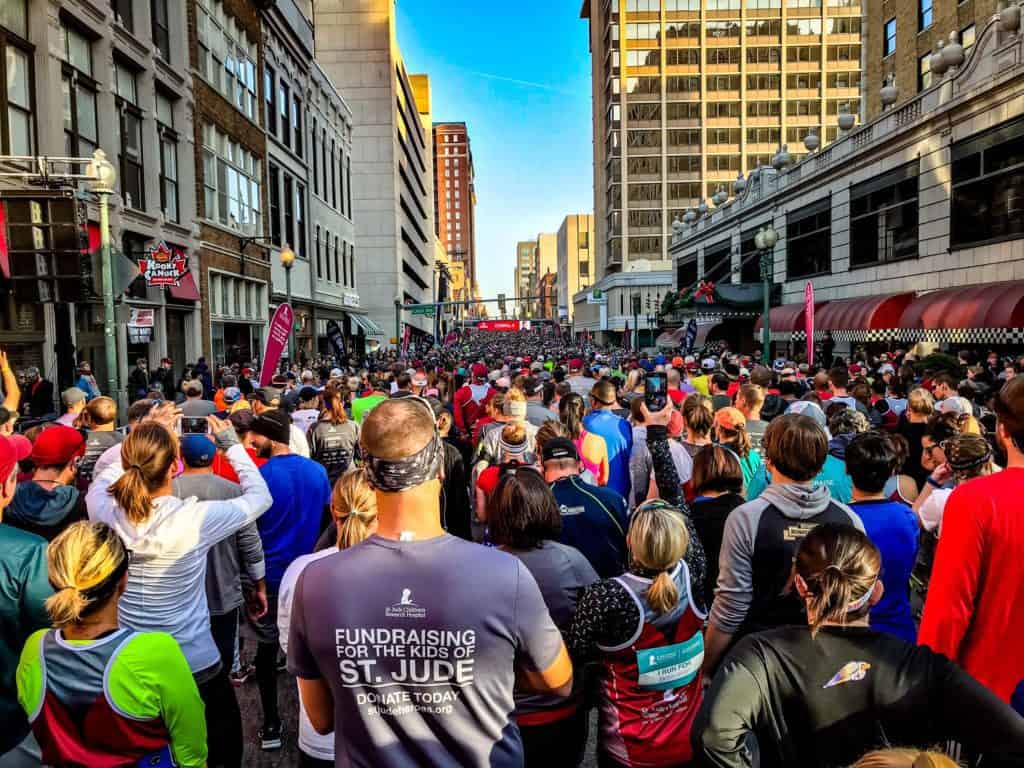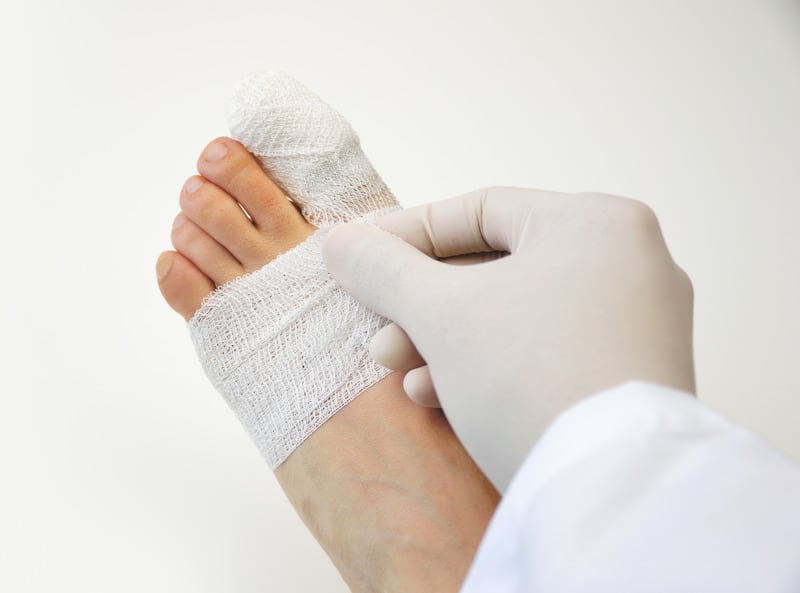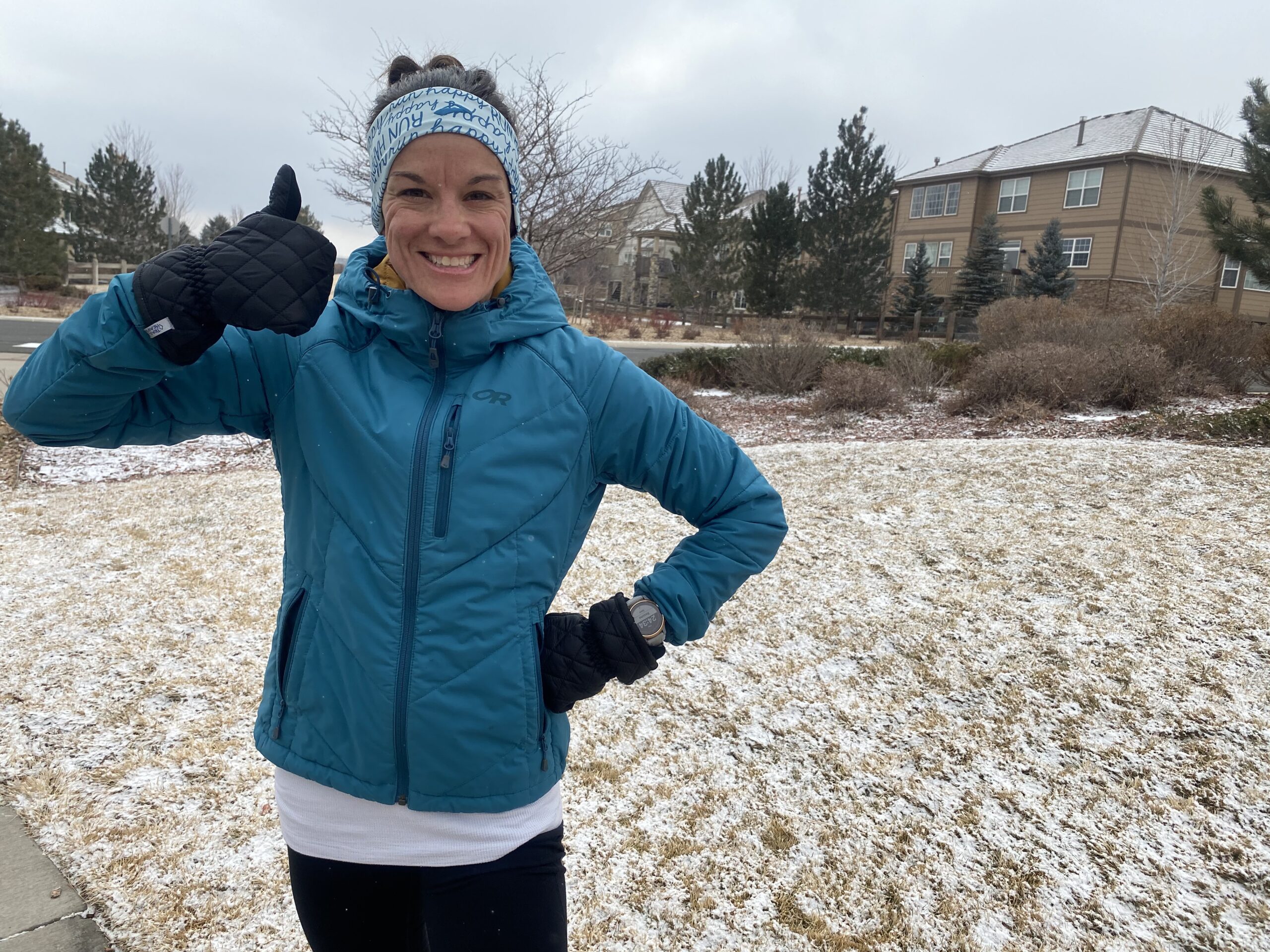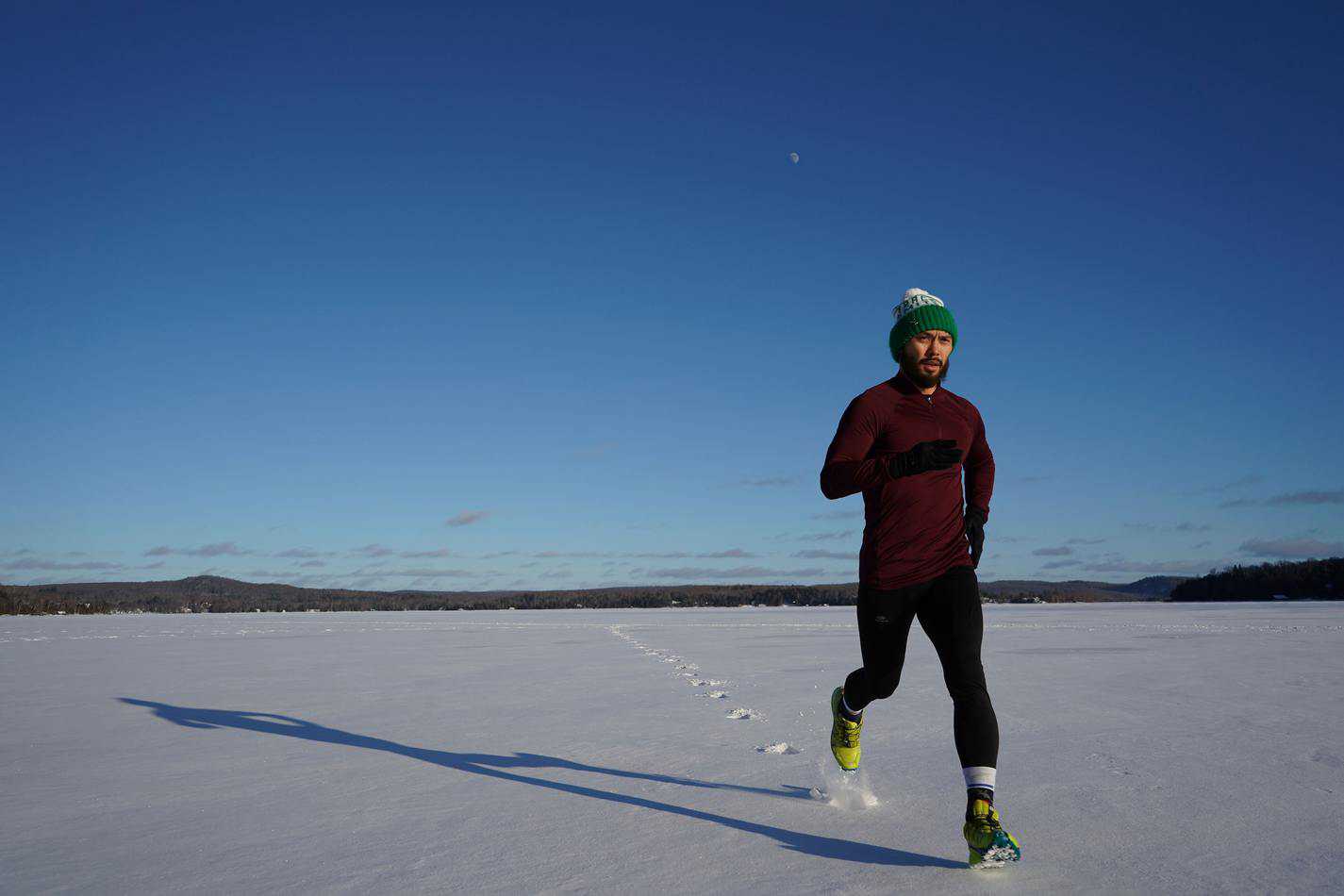Marathon runners experience a lot of positive effects both mentally and physically, such as a better mood, healthy heart, and toned physique. But marathon running is often far from glamorous. As much as you feel like showing off those tanned and toned legs, sometimes you’re just as eager to keep your feet covered up. Callouses, for one, are a sure bet. But when your toenail starts turning black or when the toenail threatens to fall off, it’s a pretty unsightly byproduct of the sport. Ugly or not, it leads us to wonder…is this normal? Is this just something we have to put up with if we want to continue endurance running? As someone who’s experienced this more than once, I wanted to find out more about it…especially since I’d much prefer my piggies intact.
So, why do marathon runners get black toenails that eventually fall off? There can be various causes for runners getting black toenails. Poorly fitting socks and shoes or a running form that causes the toes to jam up against the front of a shoe are some examples. The swelling and repeated motion make this more likely for an endurance runner.
It’s certainly not a great look, but I like to think of it as a rite of passage for those brave enough to take on the marathon distance. Still, most would probably prefer to avoid this nasty side effect if possible. Let’s take a look into why these happen and what we can do about it.
Black Toenails: What is happening?!
If you are new to distance running or have never had the displeasure of earning this unsightly badge of honor previously, it’s likely that you’ll be a little concerned. You’re probably wondering if this is normal and what you can do about it. Before we get into that, let’s take a look at what exactly is happening to your toe when it takes on the blackish purple hue.
Black toenails actually have more than one cause, but in the case of runners, it’s almost always attributed to repeated trauma that happens to the nailbed. Underneath your toenail are many blood vessels and when the area becomes injured, these blood vessels burst. What you see next is bleeding underneath the nail that appears blackish in color. The layman’s term is “black toenail” for obvious reasons or you might hear it referred to as “runner’s toe.” The scientific name is “subungual hematoma.” Hematoma means “collection of blood” and subungual refers to specific placement under the nail.
Then comes the fun part. (Just kidding – it’s not fun or pretty at all.) Once the blood vessels rupture, the toenail generally dies. It no longer grows, so a new one starts to form underneath. I mean it’s pretty cool that this regeneration happens, your body knows you need a toenail! But what happens to the old toenail? You guessed it, it’s going to be pushed away and eventually fall off.
This process can be a little uncomfortable, but generally doesn’t hurt or cause you to have to put your running on hold. Though not considered “normal,” it is common in endurance runners and not usually a cause for worry. But there is extra care you can take as well as preventative measures. Finding the underlying causes can help deter them from happening in the future.
Causes of Black Toenails in Marathon Runners
Marathon runners are much more likely to experience black toenails and toenail loss than runners who train for shorter distances. All of the underlying causes, in this case, happen when you are actually running. The more miles you train and race, the more likelihood there is of it happening.
Let’s look into what causes runners to get black toenails.
We’ll begin by talking about the main cause that’s not going to change unless you decide to quit running or begin running for shorter periods of time. The number one cause is repeated impact. Consider this: A good cadence is considered to be 180 steps per minute. So that means a runner’s toes are pushing against the front of their shoe 90 times per minute on each foot. If you go out for a 3-hour long run, it happened 16,200 times for your left foot and the same number for your right foot. That is a lot of toe jamming! The bottom line is that there is no way around this if you want to continue to be an endurance runner.

Luckily, some of the other causes can be fixed to make you less susceptible to black toenails. Here they are:
- Particular Running Form – Everyone has a little bit different form, some more efficient than others. Those who strike heavily with their toes are going to likely suffer from black toenails more than those who don’t. Runners who try to stabilize the foot with a type of “clawing” shape to their toes are also more at risk.
- Poor Fitting Shoes – This goes for both too tight and too loose. Even shoes that aren’t tied tightly enough or tied too tightly can cause black toenails. When your toes are able to slip around too much or have too much pressure on them, you’re not doing your toenails any favors.
- Thick Socks – A thicker sock is going to add more pressure to your foot and give it less room to “breathe”. This friction can add to the trauma of your nailbed.
- Swollen Feet – Hotter weather and running for longer time periods can cause the foot to swell as much as 1/2 to 1 full shoe size larger! This will only make the pressure put on the toenails even worse.
- Downhill Running – Not all training and races are created equal. There are varying surfaces and elevation changes. Downhill running will exacerbate the force created by repeated impact over many miles. The gravity gives a slight disadvantage to keeping that forward sliding motion of the toes in check.
Preventing Black Toenails
The fact is that some runners, due to the way that they run, are just more prone to getting black toenails. But that doesn’t mean you can’t try these preventative measures. And for other runners, some of these simple fixes may be all you need to never have a black toenail grace your feet again.

- Get Fitted for New Shoes – This might mean leaving your beloved brand behind and trying something new. Last year I started wearing these Altras and I would highly recommend them. By ensuring they are tied tightly, but still having a large toe box with room to breathe, these are a great choice for runners trying to avoid black toenails. I haven’t experienced a black toenail since I started wearing them! Also getting fitted at a running specific retailer can help you get sized properly in the best shoe for your running form.
- Wear Thinner Socks – This small changed combined with a new pair of kicks can be a great solution to black toenails. Thick socks cause more heat which leads to swelling of the feet and more friction. This can turn even a well-fitted shoe into a recipe for disaster. These Balegas are my favorite brand.
- Cut Your Toenails – It’s hard to say how much this really helps, but when you think about it, it makes sense that less damage would be caused on someone who keeps their toenails cut short. Even ones just a little too long can add to the trauma at the front of your shoe with all that impact going on.
- Beat the Heat – This one may not be easily avoided if you train in the summer months. But having a shoe with just a little extra toe room (to account for a 1/2 shoe size worth of swelling) would be ideal for someone who will often be running when it’s hot out.
- Wear Toe Caps – Some runners wear these toe caps to protect their most susceptible toe(s). The cushioning they provide can help with any extra force or pressure and can also prevent extra friction. Honestly, I have never tried these so can’t attest to how well they work, but the concept makes sense.
If black toenails keep ailing you even when you religiously follow the preventative measures, chances are the cause is due to your particular running form. You can always have someone at a running store or your coach watch you run and see if a change is necessary, but if your form is working for you otherwise, this isn’t probably a great reason to change it. I know it’s annoying, but the unattractiveness of your feet for the season shouldn’t get in the way of your running.
Treatment and When to Be Concerned About Black Toenails
Here are some extra precautions you can take while you do have a black toenail. Also, keep an eye on it for any worsening that may occur.
Treatment
If you have a black toenail, you can expect that it will fall off in the coming months. When you see the nail start to pull away from the skin, that’s because a new one is coming up underneath and pushing it away. Your toenail could get caught on something and pull away before it’s ready, which can be very painful. Trust me, I

know, this has happened to me. It was excruciating as it happened! In order to prevent this from happening, you can keep your toe wrapped up or held together with a band-aid. You can also purchase the toe covers I recommended previously for those with hammertoes, these are a great way to continue running while the area heals.
Once your toenail falls off, expect to have a thinner and more ridged toenail in its place. It also probably won’t be full grown yet when it comes it. Don’t worry, it will look normal again over time – I promise!
Cause for Concern
Most runners who experience black toenails don’t need to visit a podiatrist. However, if you are ever unsure or feel concerned about what you are experiencing, you absolutely should.
Podiatrists do recommend an examination in the following circumstances:
- pain for more than a day
- loss of feeling in the toe
- redness around the cuticle
If ever in doubt, definitely get a doctor’s opinion as there are other causes for black toenails. But as a distance runner, it is extremely likely that your black toenails are caused by those feet and toes working overtime. Definitely try my recommended preventative measures, but if those black toenails continue to make an appearance I would just say except it, and any time you aren’t out for a run, go ahead and put your feet up with this funny mug.
*As an Amazon Associate I earn from qualifying purchases.







